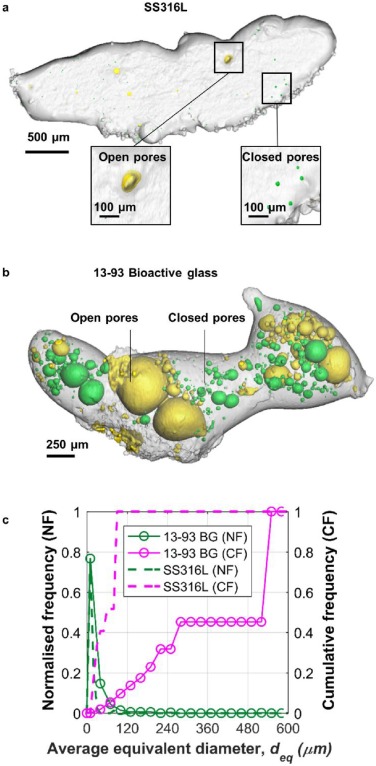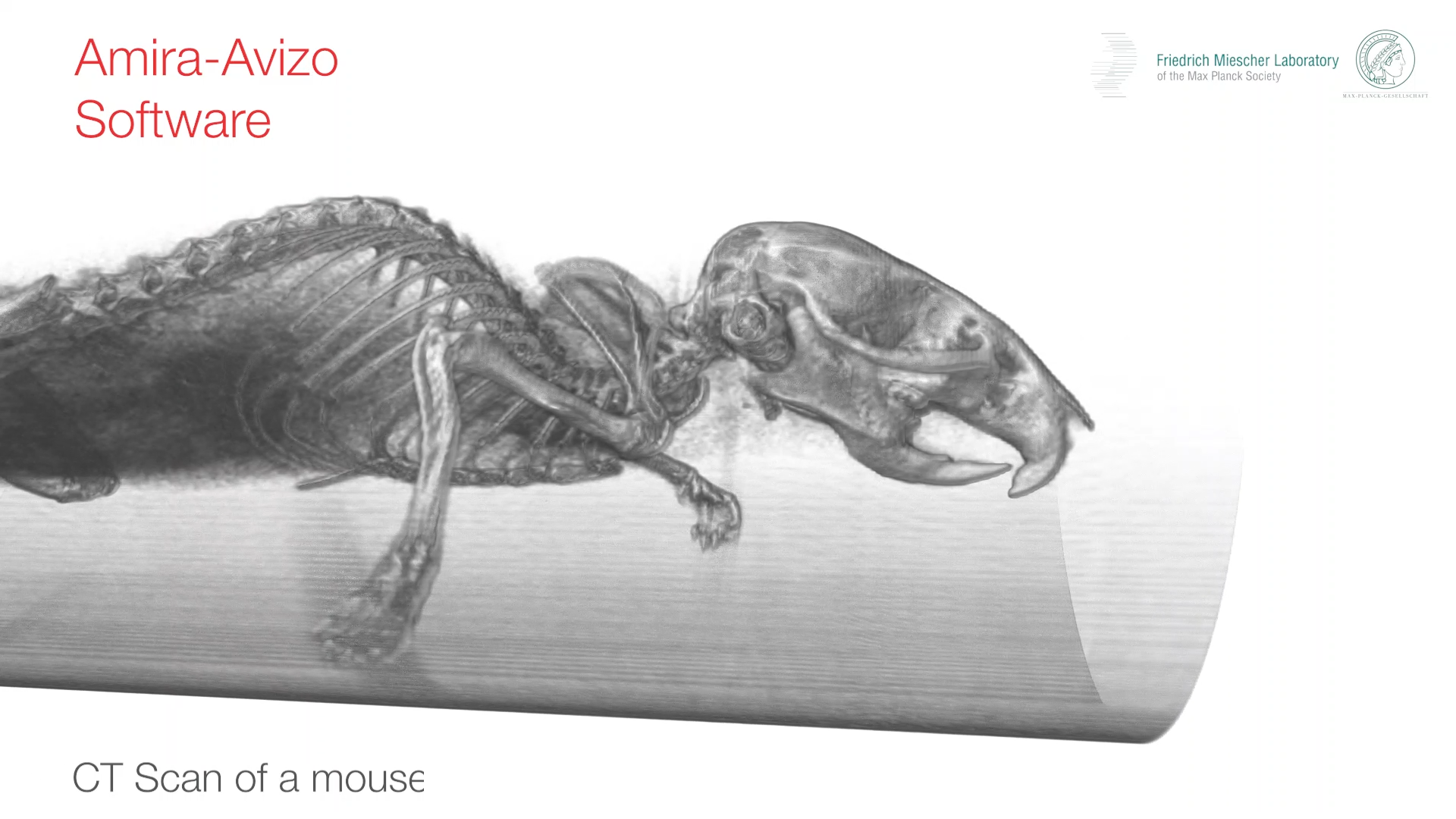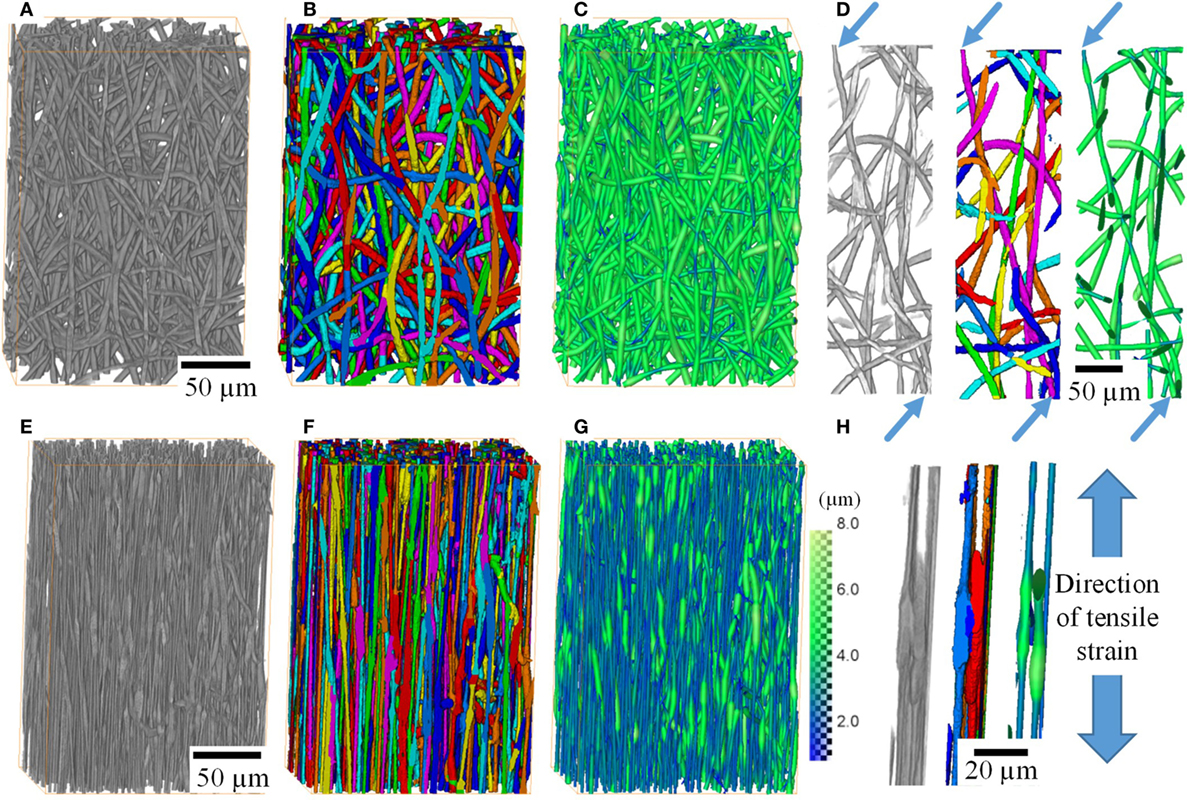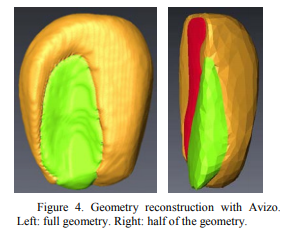Welcome to the Amira-Avizo Software Use Case Gallery
Below you will find a collection of use cases of our 3D data visualization and analysis software. These use cases include scientific publications, articles, papers, posters, presentations or even videos that show how Amira-Avizo Software is used to address various scientific and industrial research topics.
Use the Domain selector to filter by main application area, and use the Search box to enter keywords related to specific topics you are interested in.

Laser-matter interactions in laser additive manufacturing (LAM) occur on short time scales (10-6 – 10-3 s) and have traditionally proven difficult to characterise. We investigate these interactions during LAM of stainless steel (SS316 L) and 13-93 bioactive glass powders using a custom built LAM process replicator (LAMPR) with in situ and operando synchrotron X-ray radiography. This reveals a range of melt track solidification phenomena as... Read more
Chu Lun Alex Leung, Sebastian Marussi, Michael Towrie, Jesus del Val Garcia, Robert C. Atwood, Andrew J. Bodey, Julian R. Jones, Philip J. Withers, Peter D.Lee

The Faroe Islands are a group of islands in the North Atlantic that are known for its natural beauty, Viking culture and a special population of house mouse. The Faroese house mouse from the most remote island of the Faroese, Mykines (population: 10 people), looked so distinct when it was discovered that it was declared a subspecies, Mus musculus faeroenesis. These mice are large-bodied and showed an extreme form of left-right asymmetry in its skull. Our research group has... Read more
Yingguang Frank Chan, William H. Beluch, Rémi Blanc

X-ray Tomographic Imaging of Tensile Deformation Modes of Electrospun Biodegradable Polyester Fibers
Electrospun constructs for the repair of load-bearing tissues are required to have adequate mechanical properties. However, the failure mechanisms of electrospun fibrous materials are not well understood. Existing literature focuses on failure modes of individual fibers and/or on bulk mechanical properties of whole fiber mats.
Electrospinning allows the production of fibrous networks for tissue engineering, drug delivery, and wound healing in health care. It enables the production of c... Read more
Jekaterina Maksimcuka; Akiko Obata ; William W. Sampson ; Remi Blanc ; Chunxia Gao ; Philip J. Withers ; Olga Tsigkou ; Toshihiro Kasuga ; Peter D. Lee ; Gowsihan Poologasundarampillai

Three dimensional (3D) composites were proposed over 40 years ago in an attempt to overcome the shortcomings of 2D laminates, by incorporating fibres into the through-thickness direction. 3D weaving offer significant manufacturing benefits as well as creating versatile textiles having a range of 3D architectures.
The development of fatigue damage in a glass fibre modified layer-to-layer three dimensional (3D) woven composite has been followed by time-lapse X-ray computed tomograp... Read more
B. Yu, R. Blanc, C. Soutis, P.J. Withers

Drying of Corn Kernels: From Experimental Images to Multiscale Multiphysics Modeling
This work demonstrated the importance and feasibility of experimental image
to simulation workflow. The workflow is successfully applied to a food processing study, where multiphysics and multiscale modeling
based on 3D experimental image reconstruction contributes to the preservation of corn, one of the major food sources for the world population.
Corn kernels have a complex structure as they are composed of a pericarp layer outside and contain hard and soft endosperm and ... Read more
Pawan S. Takhar, and Shuang Zhang

The most common means of fabricating membrane electrode assemblies (MEAs) for polymer electrolyte fuel cells (PEFCs) involves a hot-press step. The conditions used to perform the hot-press impacts the performance and durability of the fuel cell.
However, the hot-press process is not essential for achieving operational MEAs and some practitioners dispense with the hot-press stage altogether by using a self-assembled approach. By performing the integration of the components in-situ durin... Read more
Jennifer Hack, T. M. M. Heenan, F. Iacoviello, N. Mansor, Q. Meyer, P. Shearing, N. Brandon and D. J. L. Brett